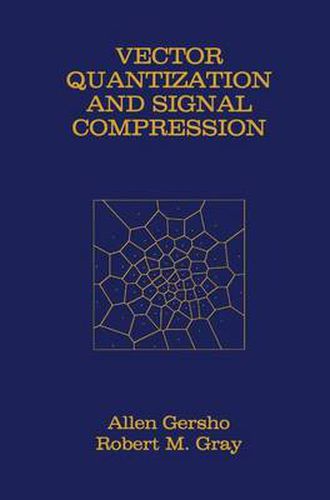Readings Newsletter
Become a Readings Member to make your shopping experience even easier.
Sign in or sign up for free!
You’re not far away from qualifying for FREE standard shipping within Australia
You’ve qualified for FREE standard shipping within Australia
The cart is loading…






This title is printed to order. This book may have been self-published. If so, we cannot guarantee the quality of the content. In the main most books will have gone through the editing process however some may not. We therefore suggest that you be aware of this before ordering this book. If in doubt check either the author or publisher’s details as we are unable to accept any returns unless they are faulty. Please contact us if you have any questions.
Herb Caen, a popular columnist for the San Francisco Chronicle, recently quoted a Voice of America press release as saying that it was reorganizing in order to eliminate duplication and redundancy.
This quote both states a goal of data compression and illustrates its common need: the removal of duplication (or redundancy) can provide a more efficient representation of data and the quoted phrase is itself a candidate for such surgery. Not only can the number of words in the quote be reduced without losing informa tion, but the statement would actually be enhanced by such compression since it will no longer exemplify the wrong that the policy is supposed to correct. Here compression can streamline the phrase and minimize the em barassment while improving the English style. Compression in general is intended to provide efficient representations of data while preserving the essential information contained in the data. This book is devoted to the theory and practice of signal compression, i. e. , data compression applied to signals such as speech, audio, images, and video signals (excluding other data types such as financial data or general purpose computer data). The emphasis is on the conversion of analog waveforms into efficient digital representations and on the compression of digital information into the fewest possible bits. Both operations should yield the highest possible reconstruction fidelity subject to constraints on the bit rate and implementation complexity.
$9.00 standard shipping within Australia
FREE standard shipping within Australia for orders over $100.00
Express & International shipping calculated at checkout
This title is printed to order. This book may have been self-published. If so, we cannot guarantee the quality of the content. In the main most books will have gone through the editing process however some may not. We therefore suggest that you be aware of this before ordering this book. If in doubt check either the author or publisher’s details as we are unable to accept any returns unless they are faulty. Please contact us if you have any questions.
Herb Caen, a popular columnist for the San Francisco Chronicle, recently quoted a Voice of America press release as saying that it was reorganizing in order to eliminate duplication and redundancy.
This quote both states a goal of data compression and illustrates its common need: the removal of duplication (or redundancy) can provide a more efficient representation of data and the quoted phrase is itself a candidate for such surgery. Not only can the number of words in the quote be reduced without losing informa tion, but the statement would actually be enhanced by such compression since it will no longer exemplify the wrong that the policy is supposed to correct. Here compression can streamline the phrase and minimize the em barassment while improving the English style. Compression in general is intended to provide efficient representations of data while preserving the essential information contained in the data. This book is devoted to the theory and practice of signal compression, i. e. , data compression applied to signals such as speech, audio, images, and video signals (excluding other data types such as financial data or general purpose computer data). The emphasis is on the conversion of analog waveforms into efficient digital representations and on the compression of digital information into the fewest possible bits. Both operations should yield the highest possible reconstruction fidelity subject to constraints on the bit rate and implementation complexity.